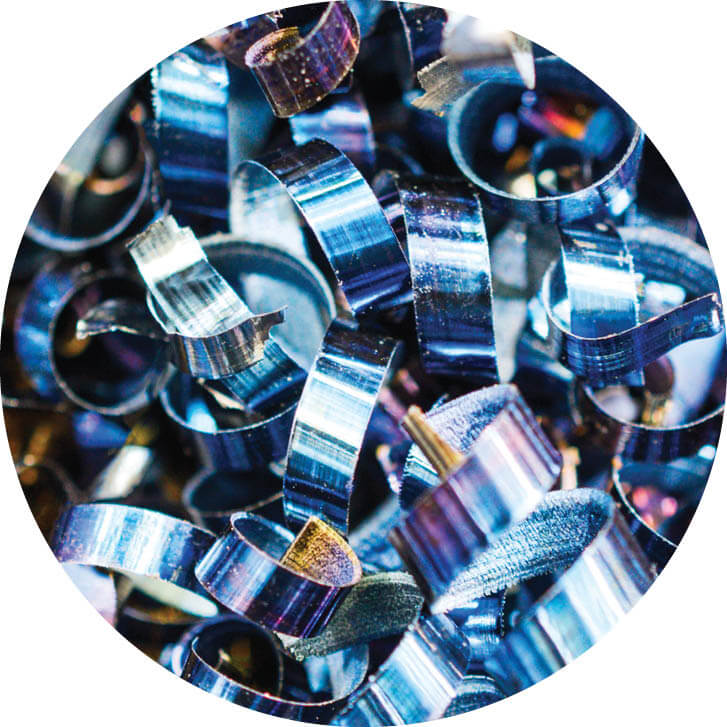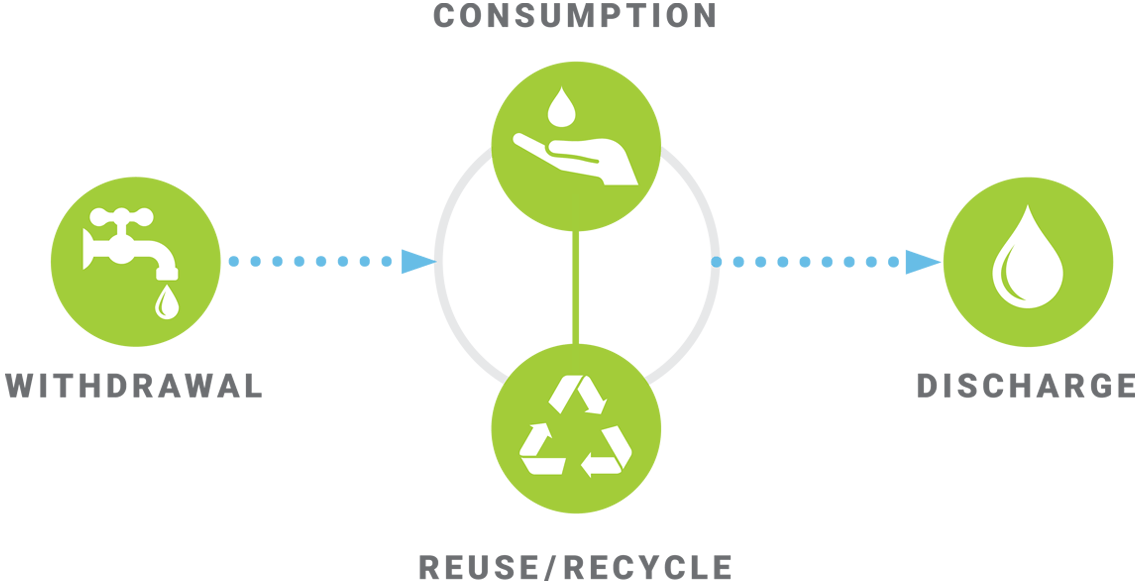
Air Quality
We recognize the potential impacts our operations have on the environment, including air quality. Our strategic positioning in scrap-based EAF steelmaking technology means our operations produce fewer air emissions than the industry sector. CMC strictly follows all air regulations and annually tracks emissions from nitrogen oxides, sulfur oxides, carbon dioxide, methane, nitrous oxide, carbon monoxide, lead, volatile organic compounds and particulate matter. While our EAF mills are closely regulated under federal Clean Air Act permitting requirements, we are motivated to continue reducing our air emissions to minimize our impact. We are confident that the best opportunity to do this lies in our relentless pursuit of energy and raw material efficiency and we continually look for new and innovative technologies to reduce our emissions. We believe that low emissions and efficient operations go hand in hand and have found that as we improve our operational and energy efficiency, emissions decrease as well.
| Environmental Footprint (Air Quality) | Unit | 2023 | 2022 | 2021 |
|---|---|---|---|---|
| Nitrogen oxides (NOX) | MT | 857 | 865 | 789 |
| Sulfur oxides (SOOX) | MT | 488 | 593 | 602 |
| Carbon dioxide (CO2) | MT | 1,008,944 | 1,078,876 | 1,065,377 |
| Methane (CH4) | MT | 127 | 138 | 138 |
| Nitrous oxide (N2O) | MT | 0.8 | 0.80 | 0.87 |
| Carbon monoxide (CO) | MT | 4,203 | 4,298 | 4,084 |
| Lead (Pb) | kg | 1,184 | 1,237 | 2,045 |
| Volatile organic compounds (VOCs) | MT | 209 | 217 | 228 |
| Particulate matter (PM) | MT | 344 | 412 | 447 |




